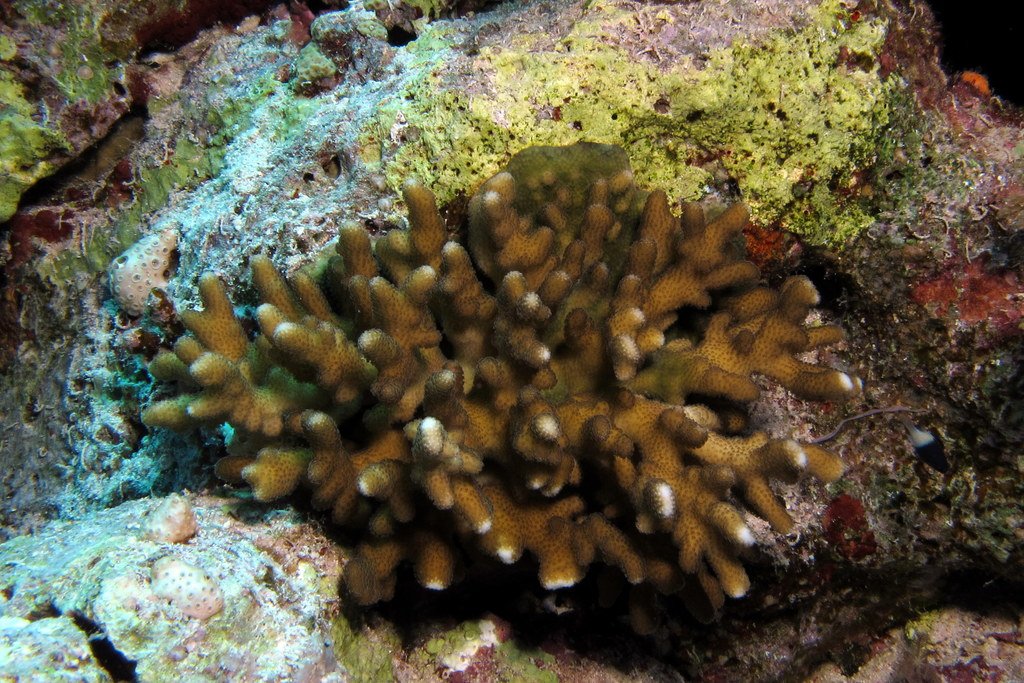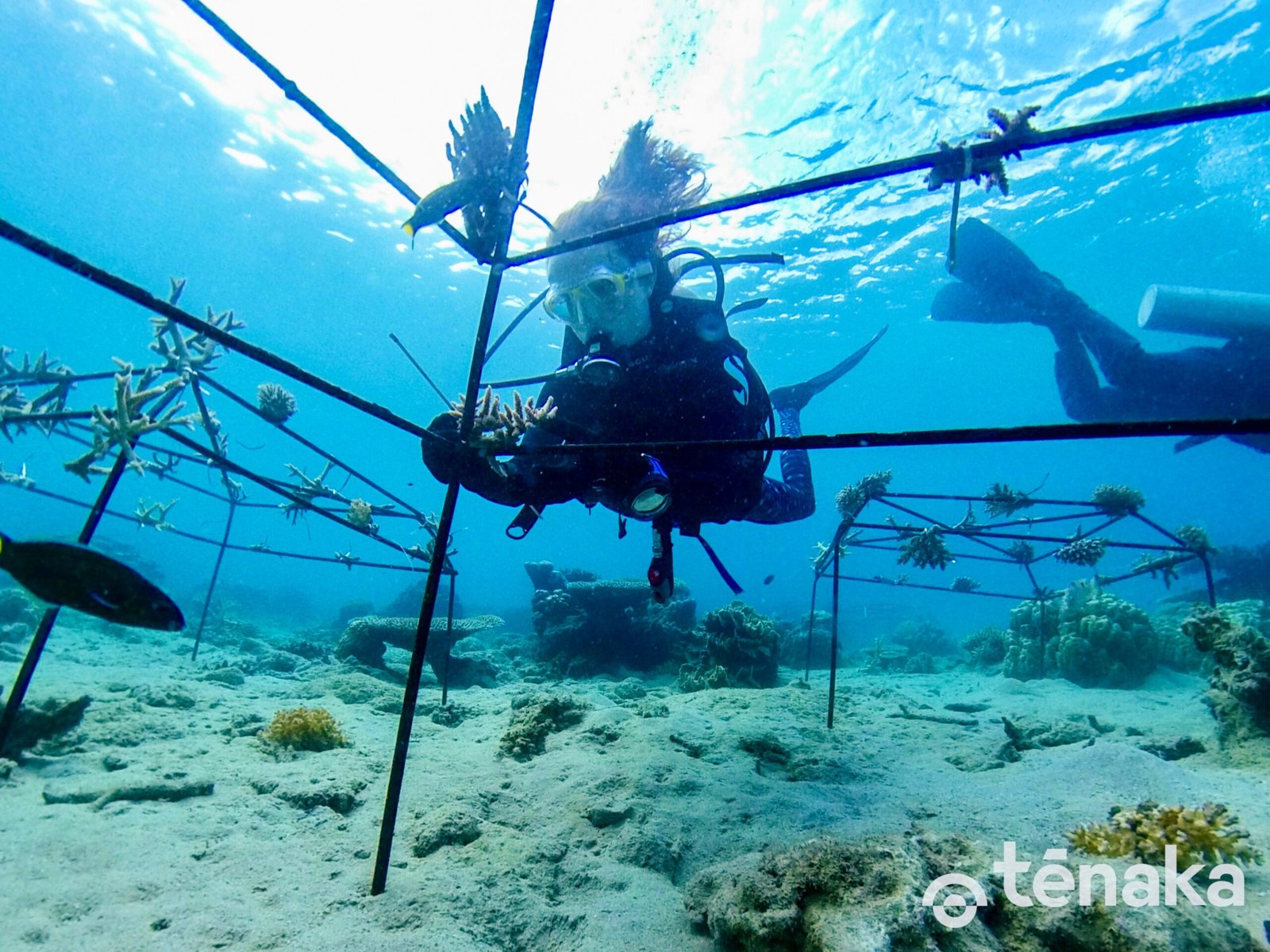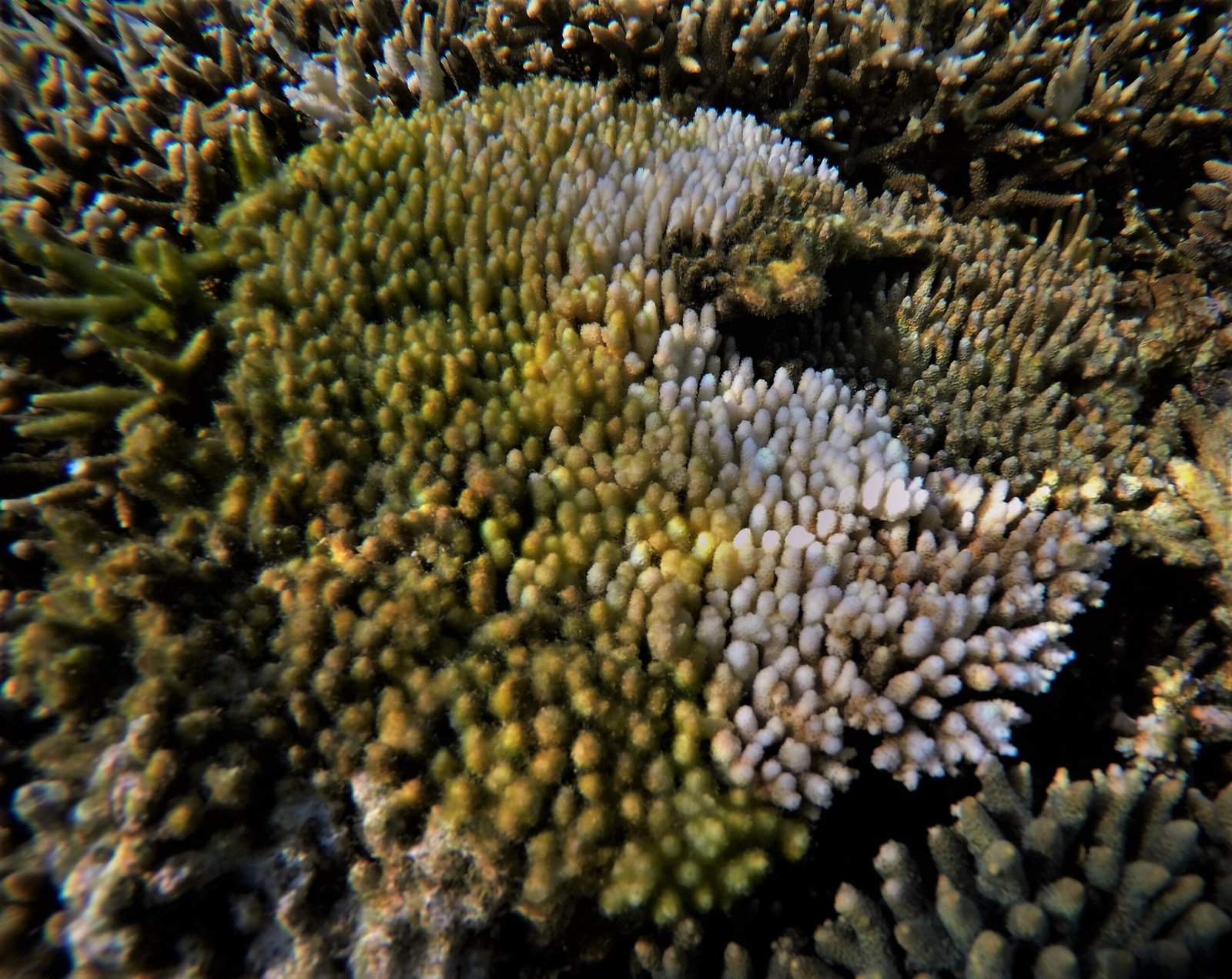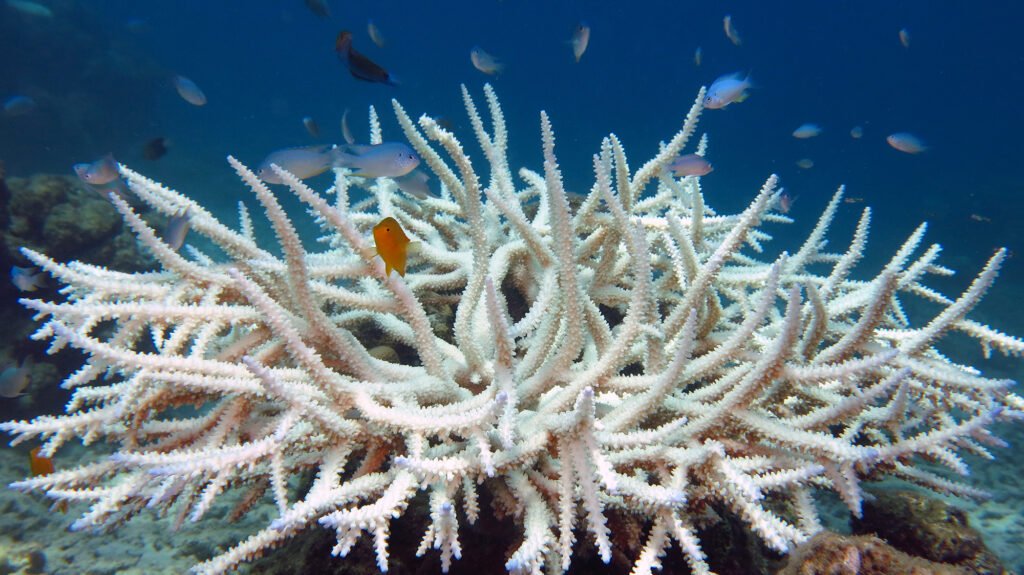The Caribbean’s underwater world was once a vibrant tapestry of colors, teeming with life and mystery. But today, divers and scientists alike are witnessing a breathtaking tragedy unfold. The reefs, which for centuries have stood as the bustling heart of marine life, are now falling silent. The culprit is a surge of deadly diseases racing across the Caribbean, stripping reefs of their splendor and leaving behind ghostly skeletons where lively communities once thrived. The scale and speed of this crisis are shocking, and it strikes at the very soul of anyone who has ever marveled at the magic of the ocean. As coral faces one of its greatest threats in modern memory, the fate of these remarkable ecosystems hangs by a thread.
The Marvel of Caribbean Coral Reefs
Caribbean coral reefs are dazzling underwater cities, home to thousands of species. From the rainbow-hued parrotfish to the shy moray eel, these reefs shelter a stunning array of creatures. Corals themselves are tiny animals, called polyps, that build limestone skeletons, stacking on top of each other to create sprawling colonies. Their beauty isn’t just skin-deep; reefs act as barriers that protect coastlines from storms and erosion. For millions across the Caribbean, reefs are vital for food, tourism, and cultural identity. Their loss would be like wiping out rainforests above water—an unimaginable blow to nature’s diversity.
The Rise of Coral Diseases

The past decade has seen a terrifying uptick in coral diseases, with some outbreaks moving faster than researchers can track. One of the most notorious is Stony Coral Tissue Loss Disease (SCTLD), first noticed off Florida’s coast before racing southward through the Caribbean. This disease can kill a coral colony within weeks, leaving behind stark white skeletons. Other illnesses, like black band disease and white plague, have also become more aggressive. Scientists believe that warmer waters, pollution, and human traffic may be making corals more vulnerable to infection. The sense of urgency is palpable among marine biologists, who are scrambling to understand why these diseases are spreading with such ferocity.
Stony Coral Tissue Loss Disease: The Silent Killer

Stony Coral Tissue Loss Disease is especially devastating because it targets the very bones of Caribbean reefs. It attacks over 20 species of hard corals, including pillar coral and brain coral, which are crucial for reef structure. The disease starts as a small lesion but can rapidly consume entire colonies, often wiping out decades or centuries of growth in just a few weeks. Unlike bleaching, which gives corals a chance to recover if conditions improve, SCTLD leaves behind nothing but bone-white remains. Divers have described scenes reminiscent of underwater graveyards, with little hope for natural recovery.
How Climate Change Fuels the Crisis
Rising ocean temperatures are a double-edged sword for coral health. Not only do warmer waters stress corals, making them more susceptible to disease, but they also speed up the growth and spread of pathogens. Heatwaves in the Caribbean are becoming more frequent, causing mass coral bleaching and weakening their immune systems. Some researchers compare the impact of climate change on reefs to a fever that never breaks, pushing these delicate animals to their limits. The combination of heat and disease is proving lethal, with many reefs now in a race against time.
Pollution: A Hidden Enemy
Pollution is another invisible threat lurking in Caribbean waters. Runoff from agriculture and cities pours nutrients, chemicals, and waste into the sea. These pollutants can disrupt coral growth and create the perfect environment for bacteria and viruses to thrive. Sediments cloud the water, blocking sunlight and smothering coral polyps. Sunscreen chemicals, especially oxybenzone, have been linked to coral stress and disease. In places where water quality is poor, outbreaks tend to be more severe and recovery much slower—like trying to heal a wound in a dirty environment.
The Collapse of Iconic Species
Some of the Caribbean’s most recognizable corals are now vanishing before our eyes. Elkhorn and staghorn corals, once forming dense thickets like underwater forests, have been hit especially hard. These species are critical for providing shelter to fish and other marine life. As diseases sweep through, the loss of these corals causes a domino effect, destabilizing entire ecosystems. Fish populations dwindle, algae takes over, and the reef’s ability to rebuild itself diminishes. The disappearance of these iconic species is a stark warning of how quickly things can unravel.
Impacts on Marine Life
Coral reefs aren’t just beautiful—they’re essential for countless animals. Fish, crabs, sea turtles, and even sharks depend on them for survival. With coral diseases wiping out the foundation of the reef, many creatures lose their homes and sources of food. Juvenile fish, in particular, struggle to find safe places to hide from predators. Some species are already shifting their ranges or disappearing altogether. The ripple effects are immense, as entire food webs are disrupted. It’s like knocking out the pillars of a building and expecting the roof to stay standing.
Economic Fallout for Coastal Communities
The human cost of the coral crisis is staggering. Across the Caribbean, millions of people rely on reefs for their livelihoods—whether through fishing, tourism, or coastal protection. As reefs degrade, fish stocks decline, and tourism revenues drop. Storm surges and coastal erosion become more severe, threatening homes and infrastructure. In places like the Bahamas and Jamaica, the loss of healthy reefs means not just ecological disaster, but economic hardship. Some communities are already struggling to adapt, searching for new ways to survive as their traditional resources vanish.
Tourism and the Vanishing Underwater World
For decades, the Caribbean’s coral reefs have drawn millions of visitors craving a glimpse beneath the waves. Snorkeling and scuba diving are lifelines for local economies. But as reefs fall silent and colors fade, tourists are greeted by scenes of devastation rather than wonder. Dive shops and tour operators face plummeting business. The loss of coral beauty is more than a financial blow—it’s an emotional one, too. Tourists often leave heartbroken, realizing that what they hoped to see may soon be gone forever.
Scientific Sleuths on the Frontlines

Marine scientists have become detectives in the fight against coral disease. Armed with underwater cameras and microscopes, they race to document outbreaks and collect samples. Some dive teams spend weeks at sea, monitoring coral health and running experiments. Researchers are piecing together clues about how these diseases spread—from water currents to human activity and even ship ballast. The work is urgent and often heartbreaking, but it’s also fueled by hope that unlocking the mysteries of these outbreaks will help turn the tide.
Efforts to Rescue and Restore Reefs

All is not lost—teams across the Caribbean are working tirelessly to save what remains. Coral nurseries have sprung up on land and underwater, where fragments are grown and later transplanted back onto damaged reefs. Scientists are experimenting with disease-resistant coral strains, hoping to breed hardier colonies. Local communities are being trained as “reef guardians,” monitoring health and reducing pollution. These efforts are small compared to the scale of loss, but they offer a glimmer of hope that reefs can recover if given a fighting chance.
The Role of International Cooperation

No single country can solve the coral crisis alone. The diseases don’t respect borders, moving freely on ocean currents. Regional organizations and global partnerships are crucial in sharing data, coordinating responses, and pooling resources. The Caribbean Community (CARICOM) and other groups are working to build a united front. International funding and expertise make it possible to launch large-scale restoration projects. The fight for coral reefs has become a shared mission, uniting people across nations and backgrounds.
Corals’ Surprising Resilience
Despite the grim headlines, corals have shown incredible resilience in the past. After hurricanes or past disease outbreaks, some reefs have bounced back—albeit slowly. Certain coral species adapt by hosting different types of algae or changing their growth patterns. Researchers have discovered “super corals” that can survive warmer waters and resist disease. These pockets of hope remind us that nature is capable of surprises, and that recovery, while difficult, is still possible if conditions improve.
New Technologies in Coral Conservation
Innovation is playing a key role in the battle for the reefs. Scientists are using drones, underwater robots, and even artificial intelligence to monitor coral health and map disease outbreaks. 3D-printed reef structures offer new homes for marine life and help stabilize damaged areas. DNA sequencing is revealing which corals have natural immunity to diseases. Technological breakthroughs are giving conservationists new tools in their arsenal and speeding up the pace of research and restoration.
The Power of Local Action
While global cooperation is crucial, everyday choices matter, too. Locals are planting mangroves to filter runoff, banning harmful sunscreens, and reducing single-use plastics. Fishermen are adopting sustainable practices, and resorts are investing in eco-friendly infrastructure. Community-led monitoring programs are catching new disease outbreaks early. Every small action adds up, helping to create conditions where coral can heal. The sense of stewardship and pride among Caribbean residents is a powerful force for positive change.
Education and Raising Awareness
A big part of saving reefs is making sure everyone understands what’s at stake. Schools, museums, and aquariums across the Caribbean are launching programs to teach kids about coral conservation. Social media campaigns are bringing global attention to the crisis, inspiring people to take action. Visitors are encouraged to respect reefs by not touching corals or leaving trash behind. When people feel connected to reefs, they’re more likely to fight for their survival.
The Mystery of Disease Origins

One of the puzzles scientists are still trying to solve is exactly how these diseases emerge and spread. Some think ballast water from ships may carry pathogens across oceans. Others point to rising temperatures and pollution as triggers that awaken dormant viruses and bacteria. Tracking the origins is like solving a complex crime scene, with new clues emerging every year. Understanding where these diseases come from is key to stopping future outbreaks.
Hope for Future Generations
Young people across the Caribbean are stepping up as passionate advocates for reefs. Youth-led organizations are organizing beach cleanups, restoration projects, and education campaigns. Their energy and optimism are infectious, inspiring older generations to join the movement. Many believe that if bold action is taken now, it’s still possible to reverse some of the damage. The next generation is determined not to let coral reefs slip into memory.
What Lies Ahead for Caribbean Reefs?
The future of Caribbean coral reefs hangs in the balance. Scientists are racing against time, communities are adapting, and governments are stepping up efforts. But the outcome is far from certain. If current trends continue, much of the region’s living coral could disappear within our lifetimes. Yet with coordinated action, innovation, and a fierce sense of hope, the story of Caribbean reefs could still have a brighter ending. Will we rise to the challenge and protect these underwater wonders before it’s too late?




